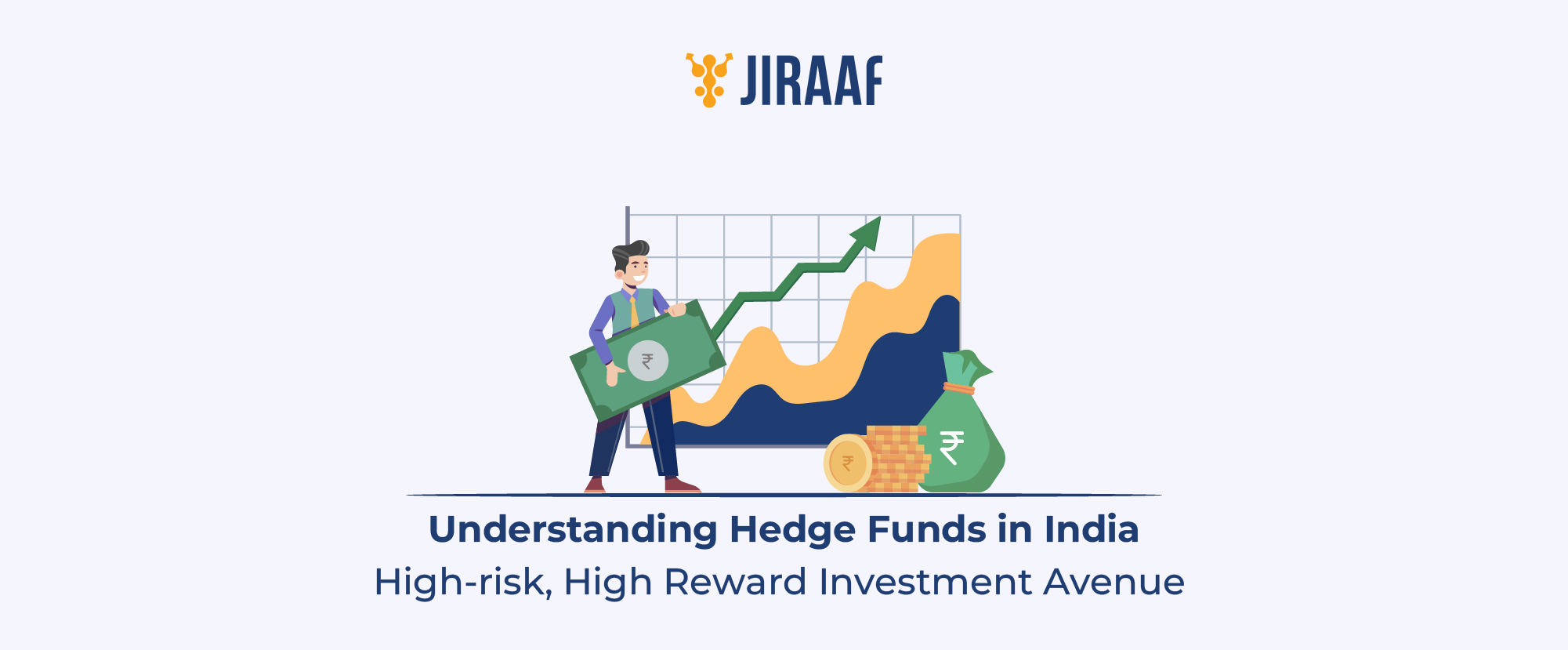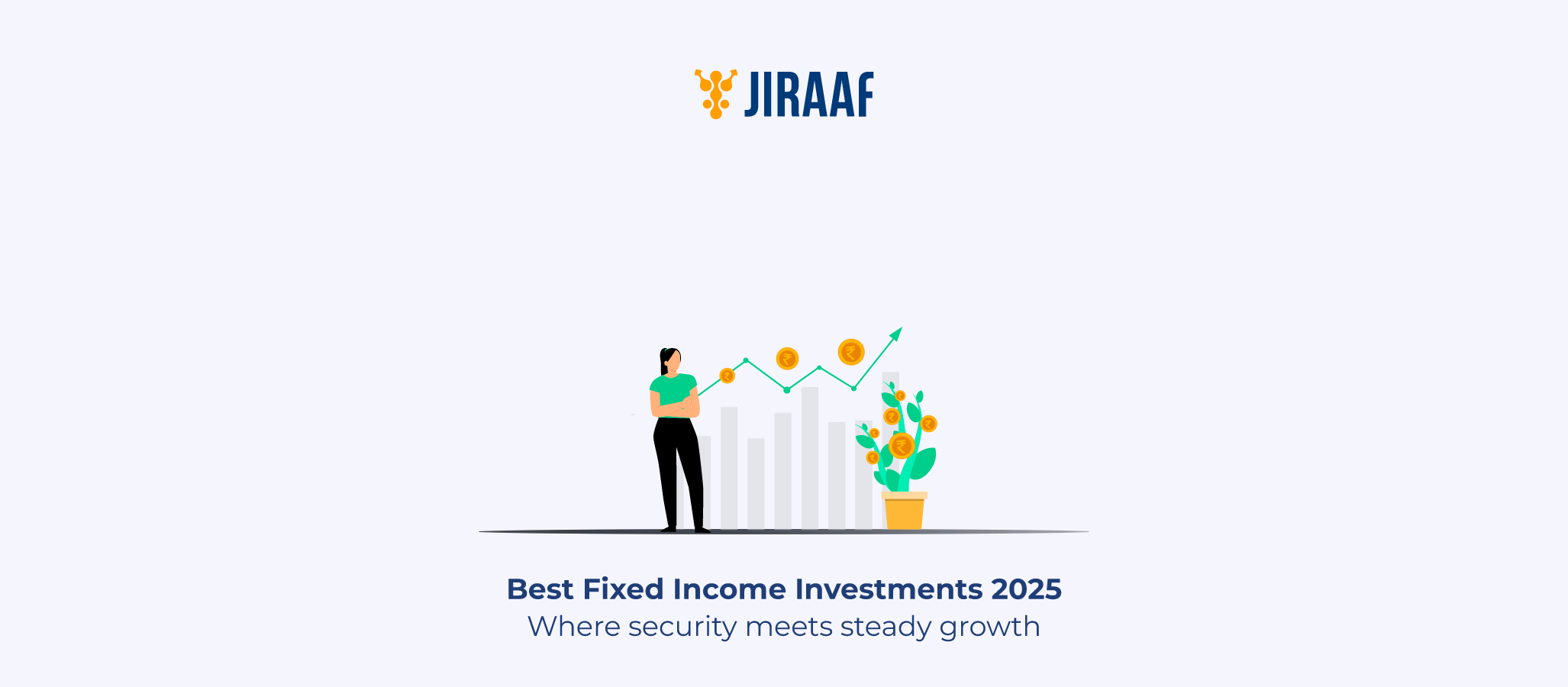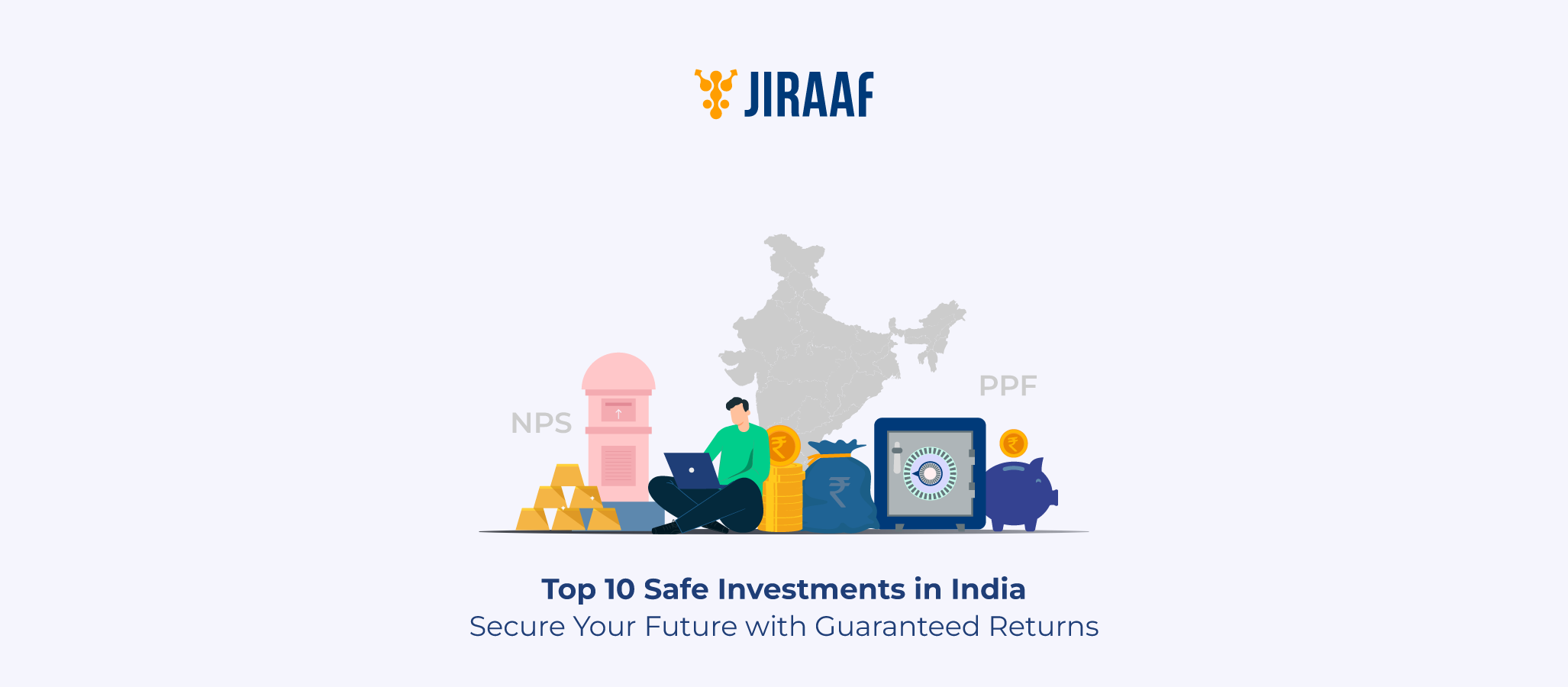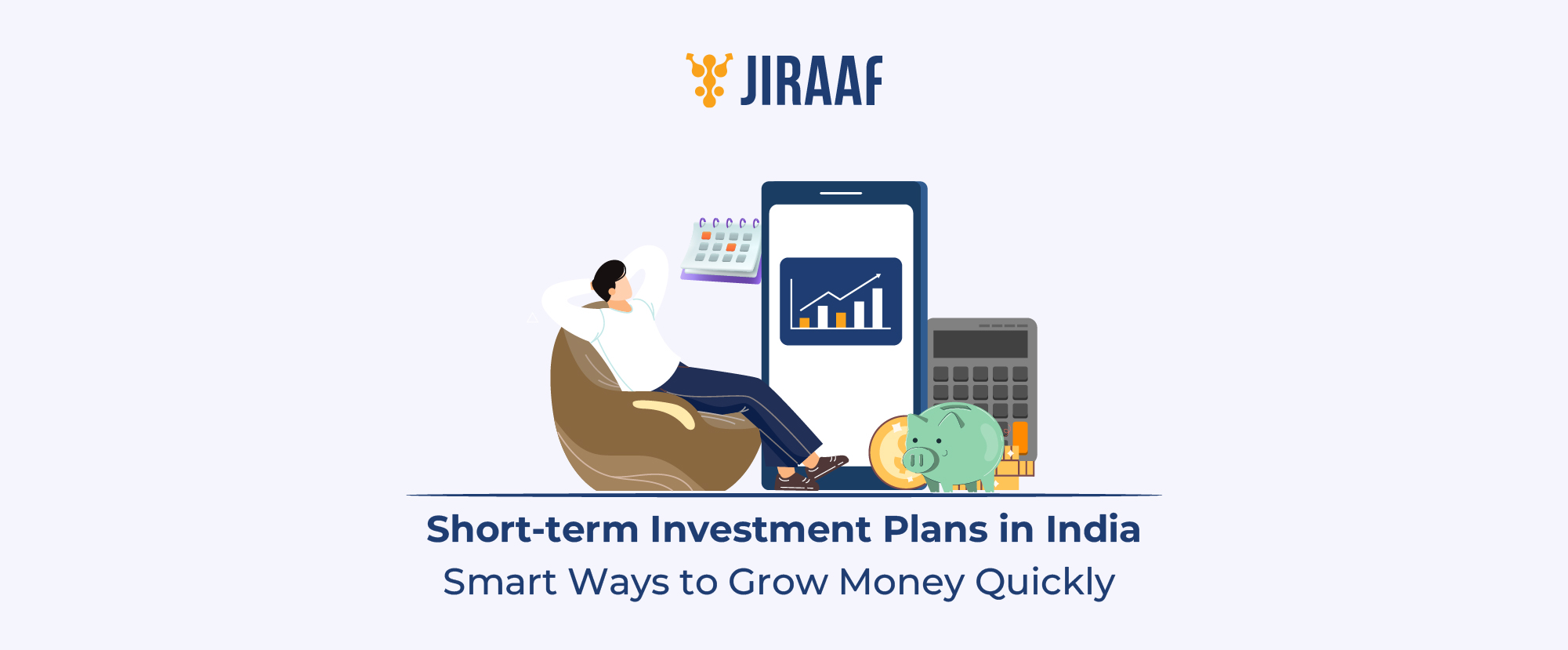Cryptocurrency is no longer just a buzzword you hear in news headlines or from tech-savvy friends. It has slowly made its way into everyday conversations—whether it is someone asking if Bitcoin is worth buying, or another wondering how safe digital coins really are.
In India, the interest is even stronger, with youngsters, investors, and even families beginning to explore what this new-age money is all about.
But behind the excitement, there are also doubts and myths. Is it really the future of money? Can it be trusted? Or is it just another passing trend?
This beginner’s guide will break it all down in simple terms, helping you understand the basics of cryptocurrency, its presence in India, and what you should know before taking your first step into the world of crypto.
What is Cryptocurrency and How It Works
Cryptocurrency is a form of digital money that exists only in electronic form. Unlike traditional currencies such as the rupee or the dollar, it does not have physical notes or coins and is not controlled by any government or central bank. Instead, it runs on a decentralized system where transactions are recorded on a public ledger called the blockchain.
The journey of cryptocurrency began in 2009 with the introduction of Bitcoin, created by a programmer or group of programmers under the name Satoshi Nakamoto. Since then, thousands of cryptocurrencies have entered the market, each with different features and uses. Some are designed for payments, some act as a store of value, and others power applications in finance, gaming, and beyond.
So how does it work? Instead of being printed like cash, new cryptocurrencies are created through a process known as mining or through other mechanisms like ‘staking’ (proof-of-stake). Powerful computers solve complex problems to verify and add transactions to the blockchain in the case of proof-of-work (PoW) chains like Bitcoin. This system ensures that transactions are secure, transparent, and cannot be tampered with. Anyone, anywhere, can send or receive cryptocurrency without needing a bank in the middle.
Understanding what cryptocurrency is and how it works gives us the foundation. But since there are many types of cryptocurrencies available, the next step is to explore the most common ones you are likely to hear about.
Types of Cryptocurrencies You Should Know
The world of crypto is much bigger than just Bitcoin and Ethereum. Over the years, many types of cryptocurrencies have come up, each with a different purpose. Let’s look at the most common ones in simple terms:
Store of Value or Digital Currency
Think of these as “money in digital form”. People buy and hold them as long-term assets.
- Bitcoin (BTC): The first and most valuable, often called digital gold
- Litecoin (LTC): Similar to Bitcoin but faster and cheaper to use
Smart Contract Platforms
These do more than payments—they let developers build apps and services on the blockchain.
- Ethereum (ETH): The most popular one after Bitcoin
- Cardano (ADA): Known for being eco-friendly and scalable
- Solana (SOL): Famous for super-fast transactions
Stablecoins
These are designed to stay steady in value since they are linked to currencies like the US dollar.
- Tether (USDT)
- USD Coin (USDC)
- Dai (DAI)
Privacy Coins
If you want your transactions to stay private, these coins make it possible.
- Monero (XMR)
- Zcash (ZEC)
Utility Tokens
Think of them as “access cards” to use special services within a platform.
- Binance Coin (BNB): For cheaper trading on Binance
- Chainlink (LINK): Connects blockchain with real-world data
Governance Tokens
These let users vote on changes and upgrades in a project.
- Uniswap (UNI)
- Maker (MKR)
Meme Coins
Born as jokes, they gained popularity through online communities and viral hype.
- Dogecoin (DOGE)
- Shiba Inu (SHIB)
As exciting as these categories sound, their use and acceptance still depend a lot on how governments look at them. That brings us to the important question: what does India’s law say about cryptocurrency?
Cryptocurrency in India: Legal Status and Regulations
The story of cryptocurrency in India has been nothing short of a rollercoaster. On one side, people welcomed it with excitement, seeing it as the future of money and investment. On the other hand, regulators, especially the Reserve Bank of India (RBI), stayed cautious.
Since crypto is decentralized and not backed by any authority, the RBI has always seen it as risky. Leaders like Shaktikanta Das and Sanjay Malhotra even called it a bubble, pointing to fears of money laundering, terror financing, and tax evasion.
Its regulatory landscape has evolved step by step. Here’s a year-by-year breakdown:
- 2018: RBI banned banks from dealing with crypto exchanges.
- 2020: The Supreme Court struck down the ban in the IAMAI vs RBI case.
- 2021–22: Crypto profits taxed at 30 percent, and a 1 percent TDS introduced.
- 2023: Exchanges required to register with FIU IND.
- 2024: Government formed an inter-ministerial committee to study issues related to crypto currencies. It recommended banning crypto currencies.
Offshore exchanges allowed back after compliance.
- 2025: Digital Rupee pilot expanded
As of 2025, cryptocurrencies are officially recognized as Virtual Digital Assets under the Income Tax Act. This means you can buy, sell, and hold them, but you cannot use them as currency for everyday payments.
What is allowed? You can trade, invest, or hold crypto on compliant exchanges.
What is not allowed? Using it to pay for goods and services, running unregistered platforms, or avoiding taxes.
The government’s approach now is to balance innovation with transparency and safety.
Now that we know the rules of the game, the next question is simple. If crypto is permitted as a digital asset in India, how do you actually buy and invest in it?
How to Buy and Invest in Cryptocurrency in India
If you are looking to buy crypto in India, the first step is to use FIU-compliant platforms (popular names include CoinDCX, CoinSwitch, ZebPay, Mudrex, and WazirX). These exchanges allow you to purchase, sell, and trade different cryptocurrencies with just a few clicks.
Most of these platforms provide built-in custodial wallets. This means that when you buy crypto, it is stored in the exchange’s wallet by default. You don’t need to create a separate wallet to get started. The exchanges manage your assets with a mix of online hot storage and offline cold storage, making it convenient for new investors. Access is straightforward through your account login, rather than managing private keys yourself.
At the same time, there are important considerations you must think about. Since the exchange controls the wallet, you do not fully own your crypto. If a platform is hacked or faces regulatory trouble, your assets may be at risk. Some exchanges also impose withdrawal restrictions, which can limit your flexibility.
So, while investing in crypto has become easier than ever, it also comes with responsibilities. And once you buy, another critical question arises—how is crypto taxed in India? Let’s look at the current income tax rules that apply to cryptocurrencies.
Cryptocurrency Income Tax Rules in India
Crypto in India is now legally defined as Virtual Digital Assets or VDAs under the Income Tax Act, 1961. The Finance Act of 2022 brought clarity on taxation, imposing a flat 30 percent tax on gains from crypto. In addition, a 1 per cent TDS applies to transactions, and investors cannot claim deductions for expenses or set off losses from one VDA against gains from another VDA. Section 115BBH governs these taxes, while Section 194S specifically handles TDS collection.
Crypto exchanges also charge GST. From July 2025, an 18 per cent Goods and Services Tax applies to exchange service fees (not on buying and selling of crypto). This ensures compliance with indirect tax rules while maintaining transparency in operations.
Looking ahead, India is aligning with global standards through the OECD’s Crypto-Asset Reporting Framework, set for adoption by 2027-28 (as per OECD timeline discussions). This will require reporting of cross-border crypto transactions, making the ecosystem more transparent and in line with international norms.
With taxation, reporting, and compliance now clearly defined, investors can plan better. At the same time, the evolving regulatory landscape sets the stage for what the future may hold for crypto in India and worldwide. Let’s explore the potential trends, innovations, and growth prospects shaping cryptocurrency in the coming years.
The Future of Cryptocurrency in India and Beyond
Globally, cryptocurrency has evolved into a widely recognized system for secure and transparent transactions. In India, the journey has been more cautious. While regulators were initially skeptical, there is now a shift towards acceptance and structured integration.
A big step in this direction is the launch of the Digital Rupee, India’s Central Bank Digital Currency (CBDC). Though it is not a fully decentralized system like Bitcoin or Ethereum, it reflects India’s willingness to embrace digital financial innovation while maintaining oversight. The retail pilot was expanded to 17 banks and 60 lakh users as of the end of March 2025.
This shows that while India may not completely adopt the pure decentralized finance (DeFi) model, it does respect the underlying ideology of blockchain and is carefully experimenting with it.
The coming years could see a hybrid approach where traditional financial safeguards coexist with blockchain-based solutions. For Indian investors, this means more regulated opportunities, safer participation, and potentially greater global integration in the digital asset economy.









